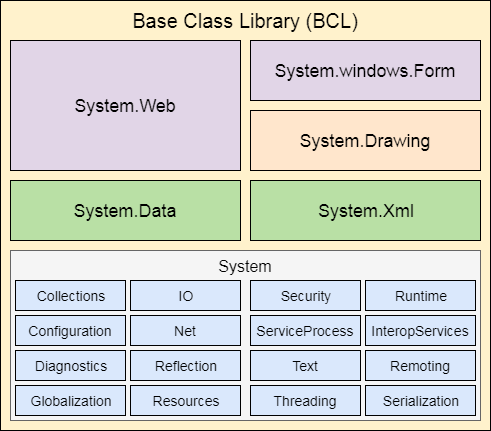.Net Framework
Devlopment Company
The Advancements in information and the expansion of technology are Apache Cordova
Let’s Discuss
.NET is a programming platform for creating software applications. Microsoft created and developed it, with the first beta version being released in 2000.
It is used to create web, Windows, and mobile apps. It also offers a wide range of capabilities and assistance.
Framework Class Library contains a wide number of class libraries in this framework (FCL). CLR is the execution environment in which.NET software programmes are run (Common Language Runtime). The.NET framework's basic and most important components are these.
The .Net Framework supports more than 60 programming languages such as C#, F#, VB.NET, J#, VC++, JScript.NET, APL, COBOL, Perl, Oberon, ML, Pascal, Eiffel, Smalltalk, Python, Cobra, ADA, etc.
It's a programme execution engine that loads and runs the application. The software is converted to native code. It serves as a connection point between the framework and the operating system. It handles exceptions, manages memory, and collects garbage. It also includes features such as security, type safety, interoperability, and portability. The following is a list of CLR components:

WPF (Windows Presentation Foundation) is a Microsoft graphics subsystem for creating user interfaces in Windows-based applications. WPF, formerly known as "Avalon," was first introduced in 2006 as part of the.NET Framework 3.0. DirectX is used by WPF.
WF is a Microsoft technology that includes an API, an in-process workflow engine, and a rehostable designer for implementing long-running processes as workflows in.NET applications.

C#, a language for producing managed code with an architecture comparable to C++, was introduced with the first release of the.NET Framework in 2002. The framework was created with Windows desktops and servers in mind. It included WinForms, a desktop GUI library, ASP.NET, a Web framework, and ADO.NET for data access. To compile and execute managed code, all of these parts were driven by the Common Language Runtime (CLR).